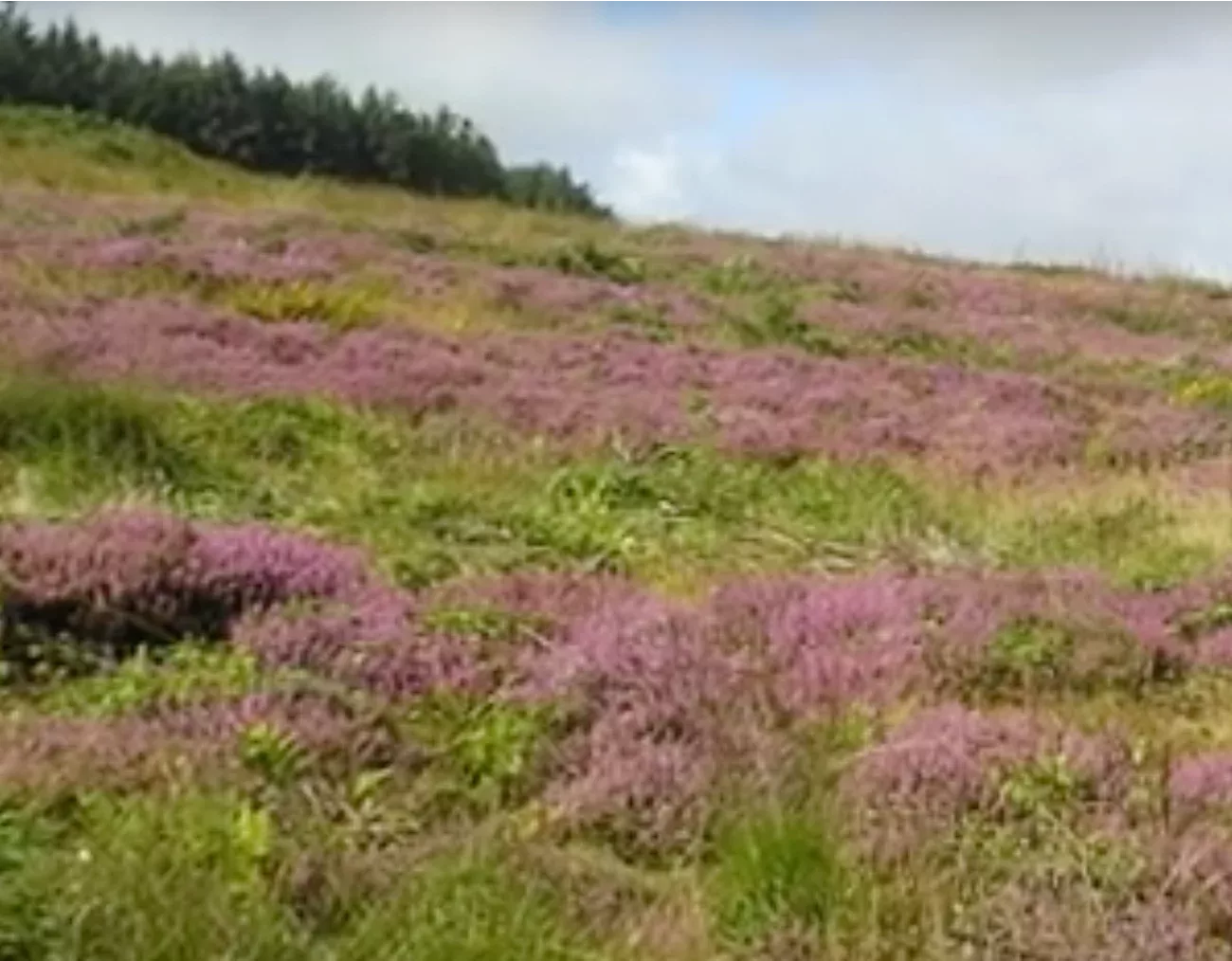National Highways is beginning work to restore up to 25 hectares of heathland near the M25 Junction 10 intersection with the A3 at Wisley.
The government-owned company says the junction is surrounded by ancient heathland, but is a habitat that is one of the UK’s most threatened environments, with 85% lost across the region over the last 200 years.
Starting on Monday 4 September, National Highways will begin a project to restore an area the size of 47 full-sized football pitches of heathland at Wisley and Ockham commons in Surrey, with the aim of bringing the area back to life and delivering long-term benefits to rare and unusual wildlife.
Jonathan Wade, Senior Project Manager, said: “Heathland is a diverse habitat, creating lots of homes for all kinds of animals, insects, reptiles, and birds. However, in the 1900s, many people didn’t think heathland habitats were useful which meant vast swathes were lost to forests for timber production.”
To restore the heathland and bring it back to life, National Highways will allow plants like heather (Calluna vulgaris), bell heather (Erica cinerea), gorse (Ulex Europaeus), wood sage (Teucrium scorodonia), perforate St John’s-wort (Hypericum perforatum) and wavy hairgrass (Avenella fl exuosa) to grow again. Which, it says, will support the wildlife that needs lowland heathland to survive.
“The long-term process of bringing this threatened habitat back to life starts with the removal of trees, which might seem concerning at first, but is a vital first step to getting the land back to its natural state,” added Mr Wade.
National Highways lists the wildlife that will benefit from the heathland restoration:
Birds – Restoring the heathland will provide key nesting habitat for woodlarks, Dartford warblers and nightjars.
Amphibians – We’ll be putting toad underpasses with protective fencing so they can continue to move safely around the area, and to protect them on their journeys to and from their breeding ponds.
Bats – We’ll be putting in new bat boxes and have designed our lighting near pedestrian bridges to be sensitive to animals. Nine species of bat are known to live in this area.
Badgers – We have also completed badger surveys which involve walking around areas where badger setts have previously been identified to look for any signs of new setts.
Insects – watch a pond and you might spot Dragonflies and Damselflies
Much of the woodland around junction 10 is also dominated by Scots pine of the same height and age, resulting in a uniform woodland. Some of the areas have not been managed for several years leading to overcrowded trees and poor ecological conditions. National Highways explains that, by opening up the areas of woodland, it will encourage heathland plants and wildlife to flourish here once more.
The size and scale of National Highways heathland restoration project on the M25 J10 upgrade means it’ll be phased over several years. To help the restored habitat flourish, National Highways will monitor and manage the enhanced areas for up to 25 years.
M25 junction 10 is the busiest section of the M25 with over 300,000 vehicles passing through every day.
(Picture – National Highways YouTube)






















